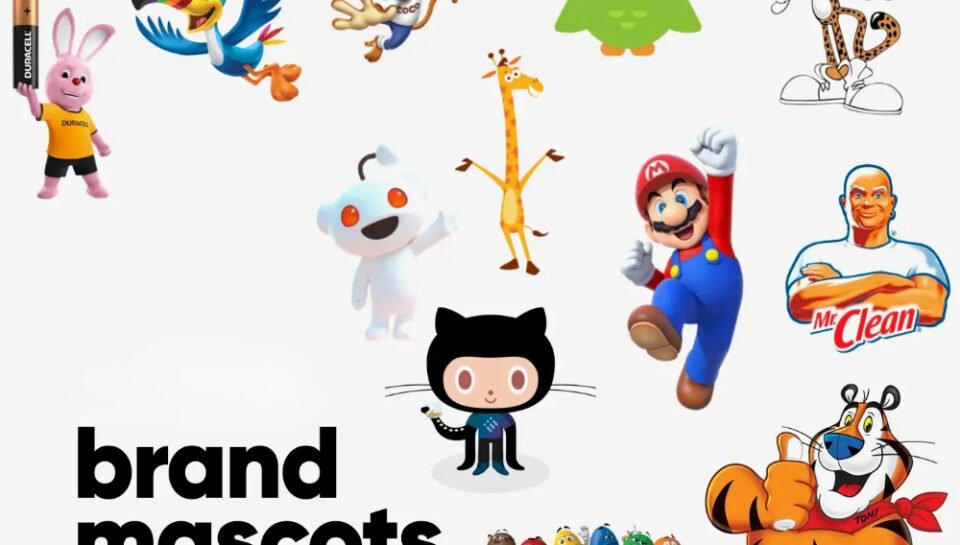
Are branding mascots more impactful on signs than logos alone?
Visual Recall and Audience Engagement
- Mascots create stronger emotional connection than abstract logos.
- They personify brand values and increase memorability.
- Characters draw more attention in high-traffic or event environments.
- Facial expressions or gestures add storytelling elements.
- Viewers are more likely to recall signs featuring a mascot.
Flexibility Across Formats and Campaigns
- Mascots can adapt to various themes, messages, and seasons.
- They allow creative variation while keeping brand identity intact.
- Logos remain static, while mascots offer dynamic interaction.
- Signage with mascots can evolve without losing core recognition.
- Visual narratives are easier to build using mascots than logos alone.
Impact on Young and General Audiences
- Mascots appeal strongly to children, youth, and family segments.
- They make the brand feel approachable and relatable.
- Visual mascots help overcome language or literacy barriers.
- In public or crowded settings, mascots attract faster attention.
- Their presence enhances brand friendliness and emotional warmth.
Coexistence with Brand Logos
- Mascots do not replace logos but enhance visual hierarchy.
- Both can coexist, with logos for identity and mascots for personality.
- Signs may use logos for credibility and mascots for engagement.
- Proper placement ensures neither element overshadows the other.
- Brand recall is strongest when both are integrated consistently.
Suitability Based on Brand Type and Tone
- Mascots work best for consumer-facing, lifestyle, or service brands.
- Corporate, luxury, or formal brands may rely more on logos.
- Industry context influences whether mascots are appropriate.
- Signs should reflect the tone, audience, and communication goal.
- Mascot use is effective when it aligns with long-term brand strategy.





